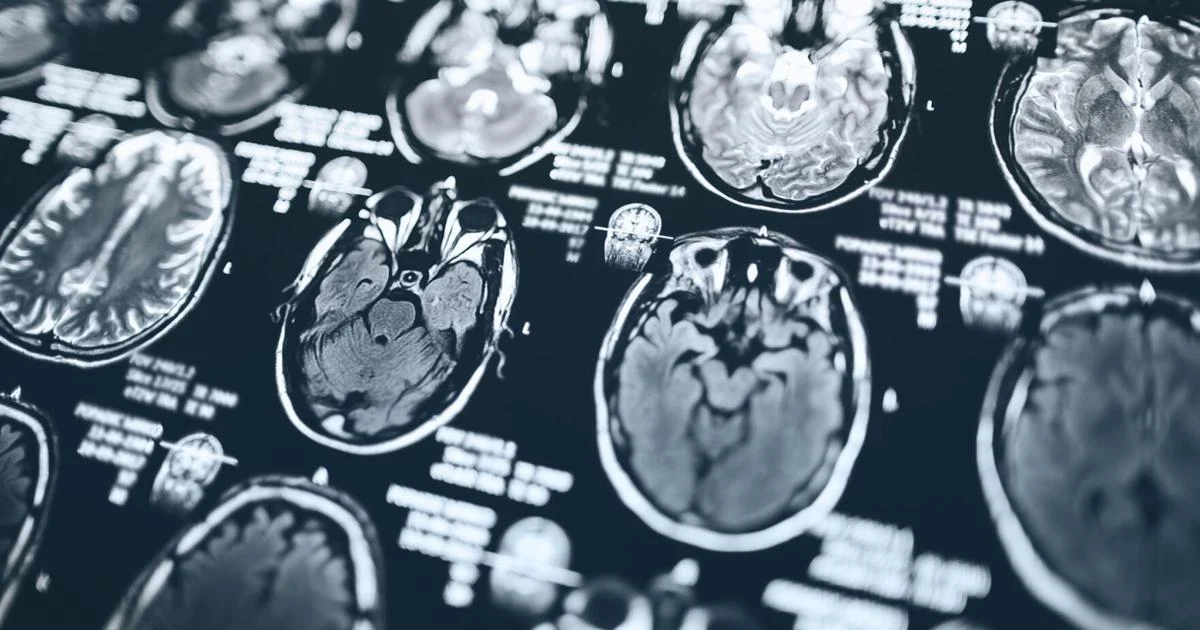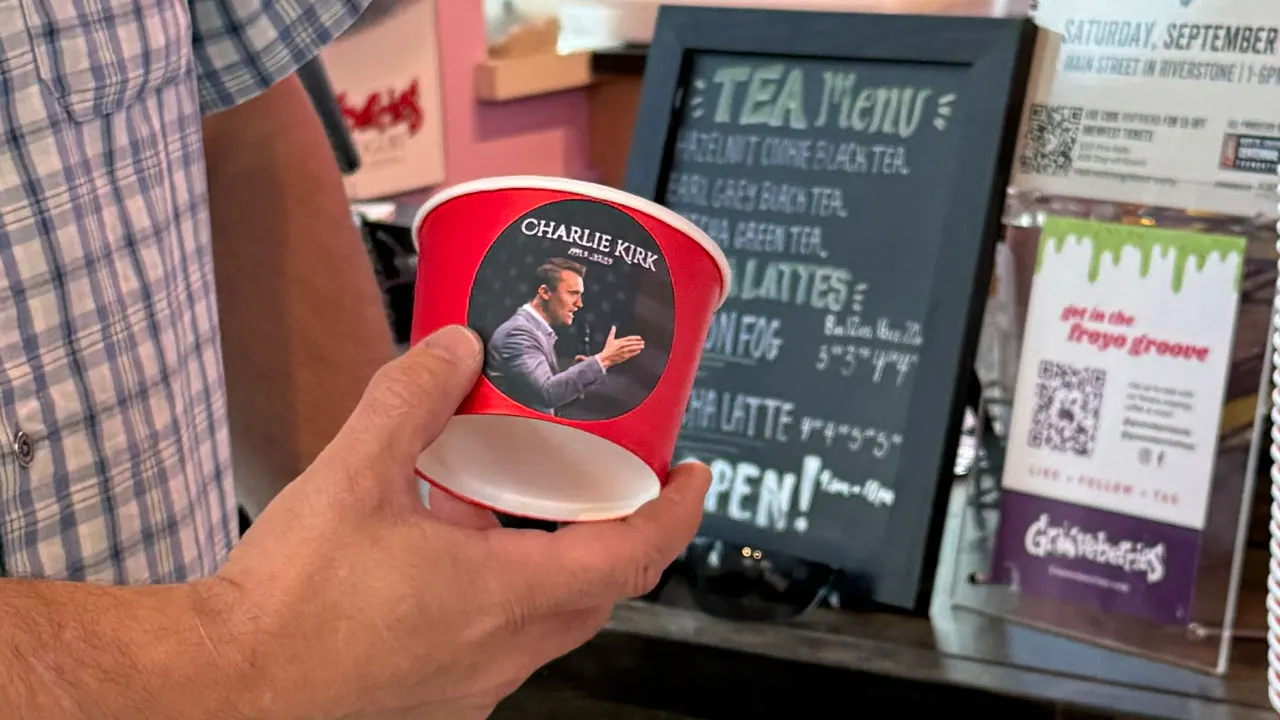
Today, more people are surviving strokes with fewer long-lasting side effects because of fast-acting treatments – medications and minimally invasive procedures – delivered in the first hours after symptoms begin, when the brain has the greatest chance to heal. The quick treatments and advanced rehabilitation happening at Ochsner Health provide life-saving access to expert stroke care that is critically important in Louisiana.
According to the Centers for Disease Control and Prevention, stroke is the state’s fourth leading cause of death, placing Louisiana squarely within the “Stroke Belt” of the United States.
While the data is sobering, Ochsner experts are optimistic that raising awareness about stroke symptoms and the benefits of immediate treatments will save more lives and improve recovery for stroke survivors.
Quick action can make all the difference
A stroke occurs when blood flow to the brain is interrupted. The majority of strokes, about 87%, are ischemic, caused by clots that block blood vessels. Hemorrhagic strokes make up about 13% of incidents and occur when a weakened blood vessel bursts and bleeds into the brain. A related condition, called a transient ischemic attack (TIA), or mini-stroke, is caused by a temporary blockage. Although TIAs resolve quickly, these are medical emergencies and often signal the possibility of additional and potentially more severe strokes in the future.
“Any type of stroke is an emergency,” said Shail S. Thanki, MD, vascular and interventional neurologist, Ochsner Lafayette General Neuroscience Center. “In the past, there was a misperception that once a stroke happens, there is nothing you can do. That is no longer the case. We now have clot-busting medications and can perform a mechanical thrombectomy to remove a clot. However, this is all time-sensitive. Every minute that the brain is not getting blood, brain cells are dying. The longer you wait, the less chance you have of a good recovery. You want to get treatment as soon as possible.”
Dr. Thanki said that means calling for medical help as soon as stroke symptoms appear, which could include a sudden loss of balance or coordination, eye problems and vision trouble, facial drooping on one side, weakness or numbness in one arm, or slurred or confused speech. The BE FAST acronym is a simple way to remember these symptoms. It stands for:
Balance: Sudden loss of balance or coordination
Eyes: Sudden trouble seeing in one or both eyes
Face: Facial drooping, usually on one side
Arms: Arm weakness or numbness, especially if one arm drifts downward
Speech: Slurred speech or difficulty speaking or understanding
Time: Time to call 911 immediately
“Clot-busting medications are standard therapy for an acute stroke, especially in patients who arrive at the hospital within 4.5 hours of having symptoms,” he said. “If needed, we can also perform a mechanical thrombectomy to physically remove a clot. Stroke treatment has evolved significantly over the past 10 to 15 years, and newer clinical trials have shown that thrombectomy is one of the best treatments. Here at Ochsner Lafayette General, we are actually one of the busiest centers in Louisiana for thrombectomy procedures and ranked by U.S. News & World Report as high performing in stroke treatment and procedures.”
While timely treatment makes a difference in a stroke patient’s outcomes, the rehabilitation process after the emergency has passed is also critical. Ochsner’s services include physical, occupational and speech therapy in both inpatient and outpatient settings.
“Patience is key. You are not going to see drastic changes overnight or even in a week,” Dr. Thanki said. “It is going to require persistence, determination and continued effort.”
Daily decisions can impact stroke risk
Certain risk factors can make people more susceptible to a stroke. These include high blood pressure, high cholesterol, smoking, excessive alcohol consumption, high blood sugar and sleep apnea. Louisiana’s heat and humidity can elevate stroke risk for everyone. Research published by the American Heart Association in 2024 found that extreme heat contributed to additional ischemic and hemorrhagic stroke deaths worldwide, with low-income and medically underserved regions being the most vulnerable.
“Hotter temperatures and humidity create more risk for elevated blood pressure, high cholesterol, dehydration and electrolyte imbalances that can make people more prone to strokes,” said Kadyn Brooks, NP, neurology, Ochsner Medical Complex – The Grove in Baton Rouge “The health risk factors and environmental risk factors correlate. If you have co-morbidities, prolonged heat exposure can further increase your risk of stroke.”
Brooks said there are several steps people can take to reduce their risk of having a stroke. The American Stroke Association estimates that up to 80% of strokes are preventable through lifestyle and medical management. Some steps people can take include managing their blood pressure, staying well hydrated, eating heart-healthy diets, exercising regularly, quitting smoking, limiting alcohol intake and screening for heart conditions that can be managed under a doctor’s supervision.
“A holistic approach is usually best,” Brooks said. “I’ve seen people reduce their risk factors with a Mediterranean diet or DASH diet, which is low in sodium. Any exercise is beneficial, even going for a brisk walk a few times a week. Once someone works with their primary care provider to control and manage their risk factors, it becomes more about maintenance. You can work on things a little at a time, day by day, and decrease your stroke risk.”
Ochsner leads with education and screenings
Dr. Thanki said Ochsner is also taking a broader approach when it comes to stroke prevention. He and his stroke team host an annual stroke screening event, in which people can have their cholesterol levels and carotid arteries tested, while also speaking to a doctor about their family history and other risk factors. Other community outreach and educational programs take place throughout the year, and Dr. Thanki said he has made it a priority to continue to raise awareness.
“The key to stroke prevention is education and helping people modify risk factors. When we do that, our communities are healthier overall,” he said. “I have heard so many patients say that they didn’t think they could have a stroke. They think they are invincible, or they aren’t aware of their risk factors. The more we can help them identify those factors and address them, the more chances we have of preventing strokes in the future.”
Ochsner Health is the leading nonprofit healthcare provider in the Gulf South, delivering expert care at its 47 hospitals and more than 370 health and urgent care centers. To learn more about how Ochsner empowers people to get well and stay well, visit ochsner.org. To schedule an appointment, visit ochsner.org/schedule.



